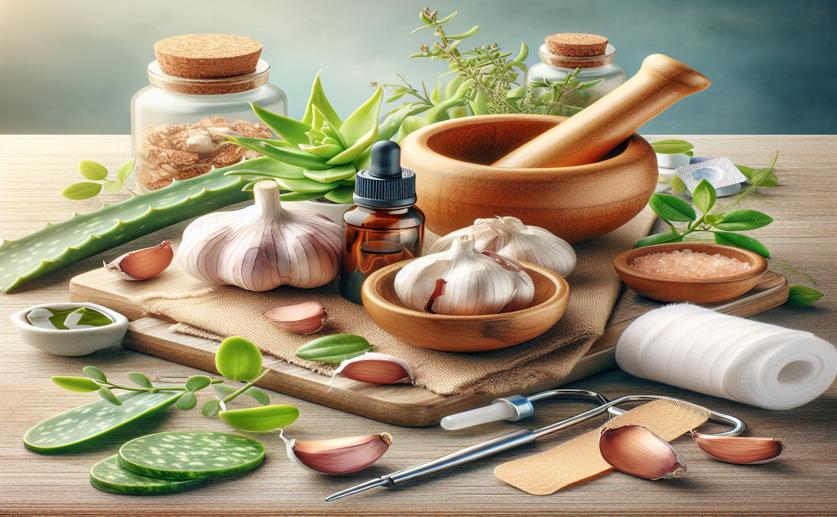
Healing Diabetic Wounds with Garlic and Plant Extracts
Jenn Hoskins
5th February, 2024

Image Source: Natural Science News, 2024
References
Main Study
1) Management of wounds in diabetes by administering allicin and quercetin in emulsion form as wound medicine in diabetic rat models.
Published 5th February, 2024
https://doi.org/10.1515/jcim-2023-0177



 16th January, 2024 | Jenn Hoskins
16th January, 2024 | Jenn Hoskins